Dupa plasarea solicitării de comandă, in sectiunea Istoric puteti vedea cate solicitări de comandă mai avem de procesat inaintea dumneavoastra
Program de lucru: Luni - Vineri 8:30 - 17:30, pauza 12:30 - 13:30.
Se efectueaza lucrari de mentenanta la site si pot aparea erori. In cazul in care intampinati erori va rugam sa reincercati mai tarziu.
Ridicarea personala este disponibila pentru comenzile achitate in avans. Se pot ridica dupa ce sunt pregatite.
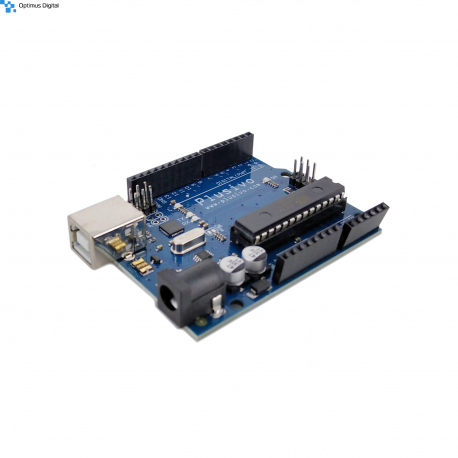 Mărește
Mărește
Placa de Dezvoltare Compatibila cu Arduino UNO R3 (ATmega328p + ATmega16u2)
0104110000016980
Produs nou
This development board is ideal for creative projects in the field of electronics. It is an Arduino Uno clone and uses the ATmega328p microntroller.
938 bucati in stoc
- Scrie o recenzie
- Elimina acest produs din lista mea de favorite.
- Adauga acest produs la lista mea de favorite.
- Imprimă
Accesorii
Alimentator
Accesorii Esențiale
Display
Informații
Technical specifications:
- Operating voltage: 5V;
- Power supply Jack: 7V - 12V;
- I / O Pin: 14;
- PWM pins: 6 (out of 14 I / O);
- ADC Pins: 8;
- Flash memory: 32kB (8 occupied by bootloader);
- TWI, SPI and UART communication;
- Operating frequency: 16 MHz.
This development board is the basis of many innovative electronics projects. Using such a board and a few sensors or ethernet / bluetooth modules, you can make a small robot or automate your home.
With the help of the Arduino IDE, you can easily write source codes, including examples.
Instructions for use:
1. Install the Arduino IDE development environment.
Arduino IDE is available for free on the official website and can be downloaded by accessing this link. This program is compatible with most development systems (Linux, Mac OS X and Windows).
2. Configure the development environment for use with the development board.
Open the "INSTRUMENTS" tab and select the "Arduino / Genuine Uno" development board.
3. Creating the code.
After you install Arduino IDE, you can write the first program for the development board. The programming language used is C ++ (slightly modified).
The code is based on two main functions:
- "Void setup ()" function: This runs only once when the development board is started. Usually, this function is used to initialize pins (such as INPUT or OUTPUT) or to start serial communication ("Serial.begin");
- "Void loop ()" function: This runs endlessly until the board is switched off. This feature is usually useful for reading measured data from various sensors attached to the development board or for updating data on an LCD screen.
After you have written the program or opened one of the File -> Examples, press the "Check" button or the CTRL + R shortcut to compile the code. If the code is free of syntax errors, the text "Compilation completed" should appear at the bottom. In the case of a contract, an error message will appear that should help correct the error.
In the image attached below you can see an example of a "Blink" code that was successfully compiled.
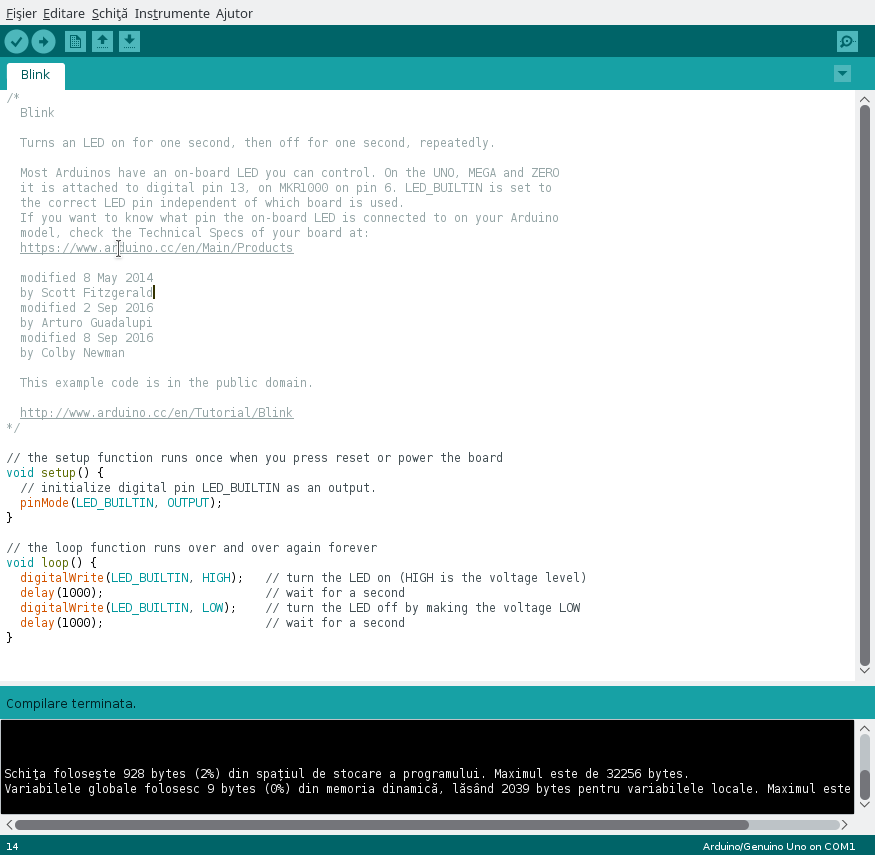
4. Connect the development board and upload the code.
Connect the board to the computer via the USB cable. After you have connected the board, open the "INSTRUMENTS" tab and select the port to which the device is connected.
Press the "Upload" button or CTRL + The shortcut to upload the code to the development board. After you finish writing the code in the memory of the board, you will receive a confirmation message that there were no problems. Otherwise, the upload is stopped and details about the issues will be displayed.
5. Attach the sensors.
The board is compatible with the Arduino Uno, so any sensor for the Arduino Uno can be used with this product.
Careful !!! Be careful not to connect components that consume too much power because you risk breaking the board. Also, observe the polarity of the sensors so as not to destroy them.
In the image attached below you can see the map of the pines. This is useful when you need to use special pins, such as PWM, ADC, SDA, SCL, etc.
 Projects:
Projects:
Don't delay, buy today.
Add to cart now!
Recenzii
Clienții care au cumpărat acest produs au mai cumpărat:
-

Hub de...
Hub de Cuplaj Flexibil de la 5 mm la 8 mm cu...
$1.42
-
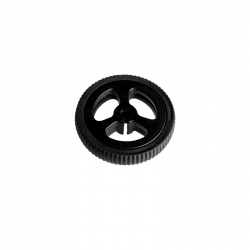
Roată de 35...
Roată de 35 mm pentru Motoarele N20 (neagră)
$0.48
-
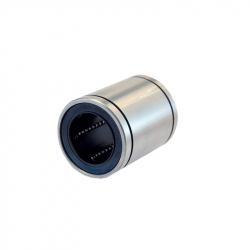
Rulment...
Rulment Liniar LM12UU
$1.39
-

Bara de...
Bara de LED-uri 5050 12 V Verde (Rola 5 m) util...
$7.20
-
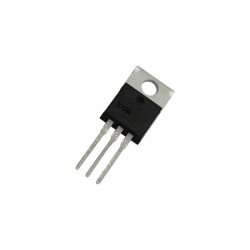
Tranzistor...
Tranzistor Mosfet IRF1405 (Canal N, 200W, 55V)
$2.40
-

Buton de...
Buton de Pornire cu LED Albastru
$1.86
-
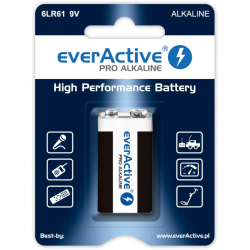
Baterie...
Baterie Alcalină everActive Pro 6LR61 9 V
$2.04
-

Adaptor...
Adaptor Audio de la Mufă de 2.5 mm la 3.5 mm
$1.20
-
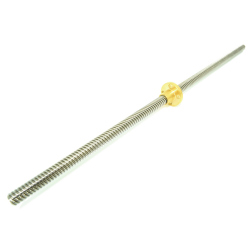
Axa T8-2-D8...
Axa T8-2-D8 300 mm
$6.48
-

Șurub T...
Șurub T M5x20 mm pentru Profile V-Slot de 20 mm
$0.36





